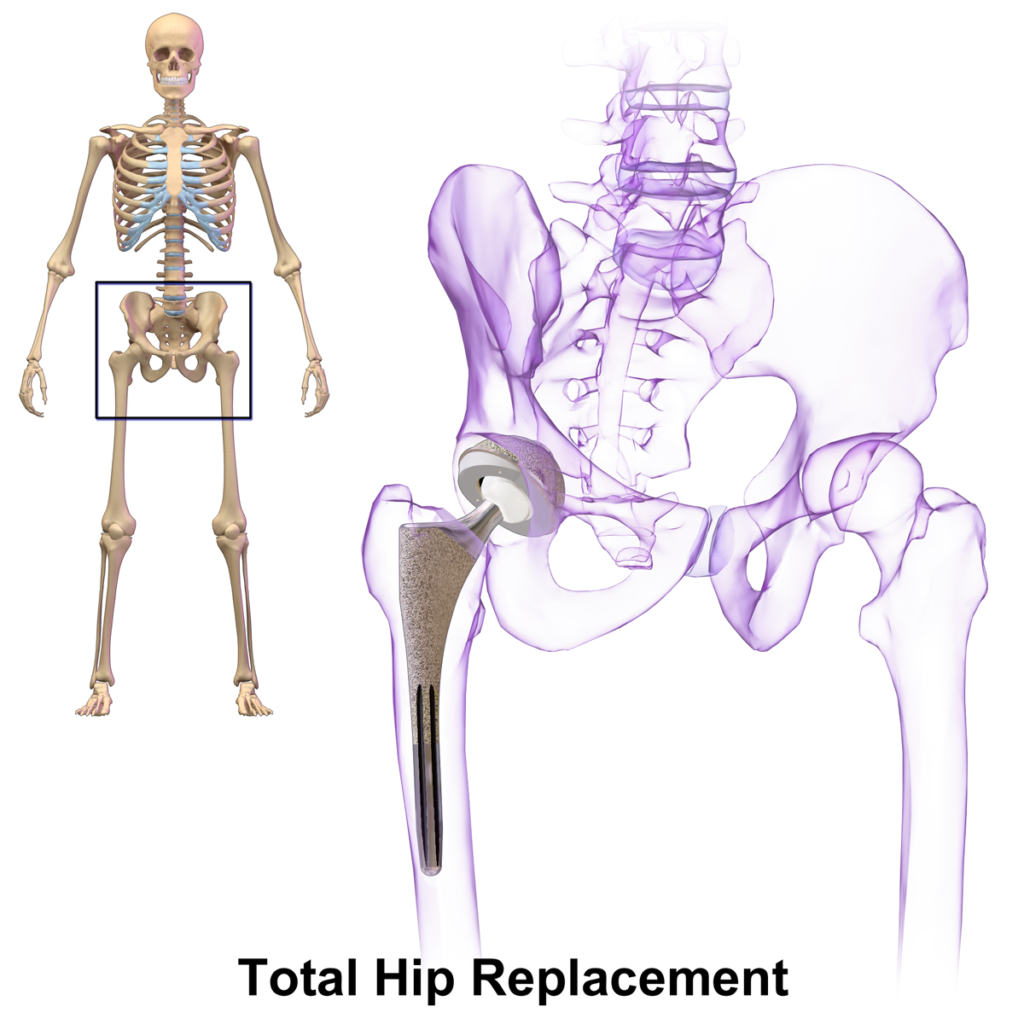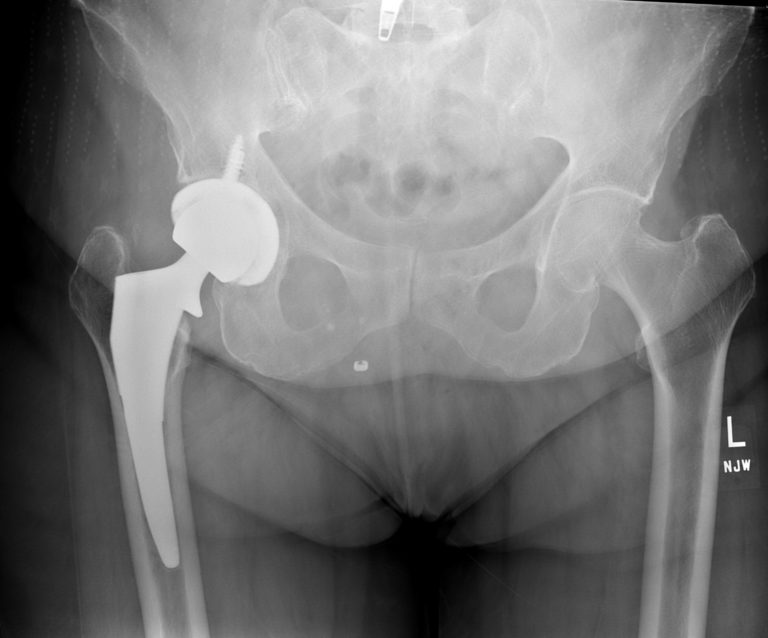Hip Replacement
Hip Replacement with Dr. Maher
Hip replacement is performed when the cartilage of the hip joint has been completely worn away and there is bone on bone arthritis. This can be due to a number of causes including prior injury, inflammatory conditions, patient weight, and genetic factors. A hip replacement will replace the ball and socket joint of your hip with an implant that is made of titanium, ceramic, and plastic.
Symptoms
Diagnosis
Surgery
Surgical Approach
Hip replacements are most commonly done with an anterior approach or posterior approach. The outcomes for both can be excellent, but the anterior approach has been proven to have a faster recovery as no muscles are split or damaged during the procedure. In most patients, Dr. Maher performs the direct anterior approach using a bikini line incision just below the groin crease. This incision is more cosmetic and heals with less scarring than the traditional longitudinal anterior approach incision because it is in line with the natural skin creases of your body.
Recovery
Most hip replacement patients are able to go home the same day or next morning after surgery. You will have a waterproof dressing over your hip and are permitted to shower. Unless told otherwise by Dr. Maher, patients do not have any restrictions in regard to their postoperative movements or sleeping position. Our one request is that you use a cane or walker until you are seen by Dr. Maher for your first postoperative visit in order to help protect your hip while it recovers from surgery. You will need to follow up 2-3 weeks after your surgery in order to check your surgical wound and functional status. Dr. Maher performs a plastic surgery type closure with all buried sutures, so there are no staples or stitches that need to be taken out in the office.
Make an Appointment


Hip Replacement F.A.Q.
The hip is a ball and socket joint. During a hip
replacement the ball is removed and a metal implant is
placed in the femur with a ceramic ball on top. On the
socket side in the pelvis, a metal socket is placed with a
plastic liner inside. The motion occurs between the
ceramic ball and plastic liner.
The hip replacement is composed of a titanium metal shell
(acetabulum), a titanium stem, a surgical-grade plastic
liner, and a ceramic ball. All of these parts together make
up your new ball-and-socket hip joint. In some cases, alternative bearing surfaces may be used in extremely young patients or those at high risk for dislocation.
Yes, some patients will experience a patch of numbness
around the outside area of the thigh due to the placement
of the incision. This is more common in patients who
undergo an “anterior approach” hip replacement. This
area usually decreases in size over time but may never go
away completely.
Your hip should feel very natural. Many patients wake up
from surgery without any groin pain and by 1 year may not
be able to tell a difference compared to the other side.
